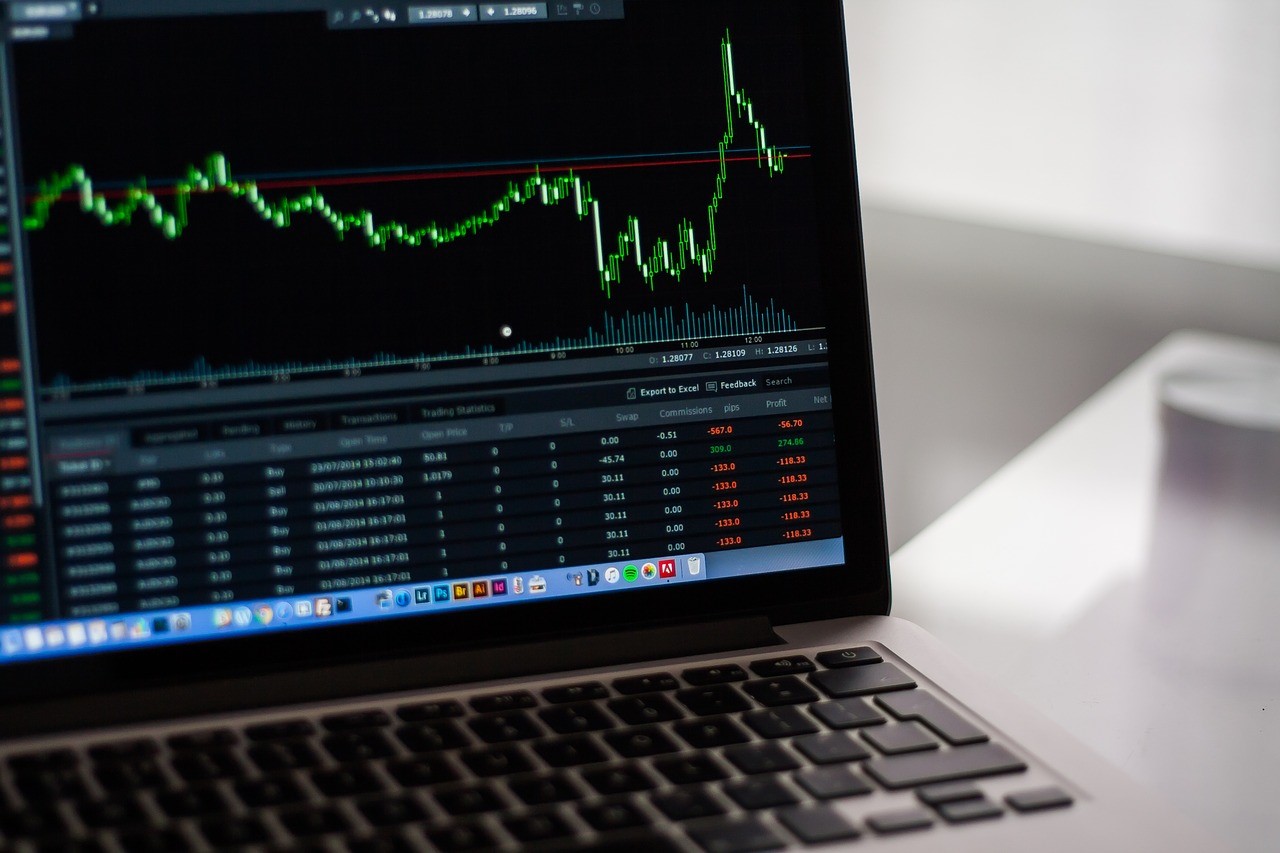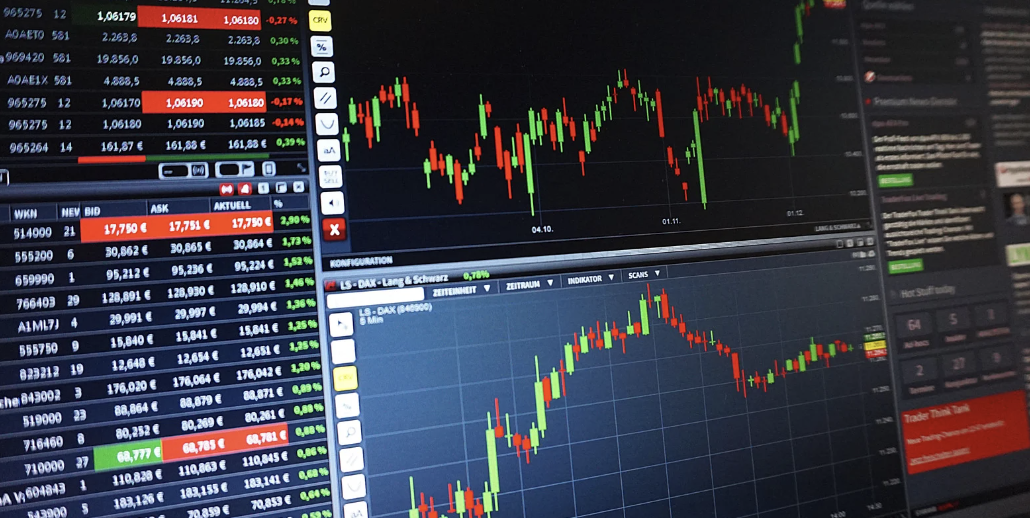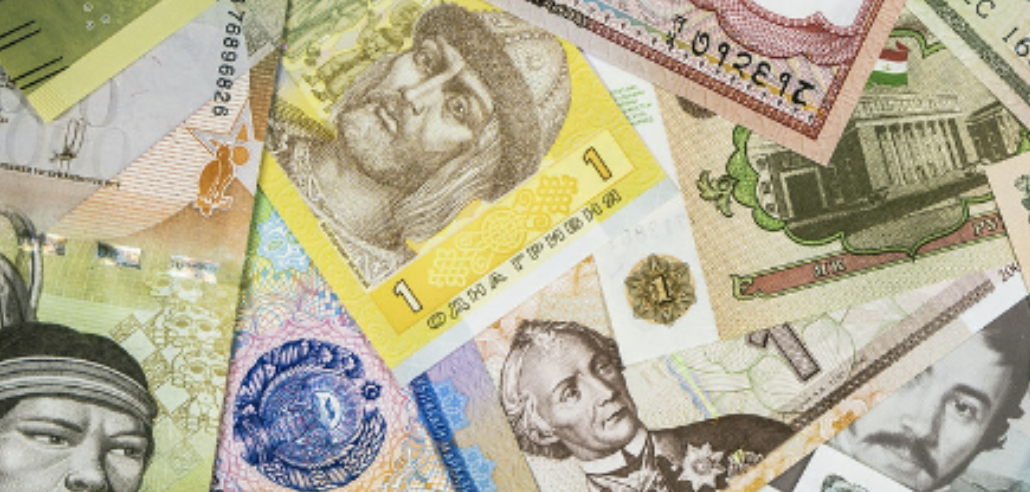Introduction to Forex Market

Economically speaking, one currency is stronger than the other. This economic fact is the very concept of foreign exchange (forex) trading.
When you trade forex, you buy and sell a currency pair in hoping to profit from the market. You trade currency against each other, with the potential to either gain profit or incur losses based on the fluctuating exchange rate of the pair.
Lesson Highlights:
- The foreign exchange (forex) market is a global marketplace where traders buy and sell currency pairs.
-
Currency pairs are represented by the base currency and the quote currency. Currency pairs are classified into three: Majors, Minor, and Exotics.
-
Major pairs must include the USD in the equation because of the United States' stable and strong economic status.
-
Minor pairs are also called cross-major pairs because you trade major currencies against one another, excluding the USD.
-
Currencies from the emerging markets will be paired with the major currencies, which we call as exotic pairs.
Introduction to Forex Market
The forex market stands as the most traded financial marketplace in the world of online trading. In fact, a sobering study from the Bank for International Settlement stated that daily forex trading activities had reached $7.5 trillion in the last 2022. That's all thanks to its decentralized nature. With this, the market experiences high liquidity, accessibility, and continuous operation– contributing to the high trading volume in the market.
But you may still ask, "How would it benefit me?".
Well, hear this: the forex market is at your fingertips 24/5!
The forex market is known for operating around the clock during the weekdays. Also, your location won't be an issue in accessing the market. Simply get a broker and an internet connection, and you're up for an opportunity to profit from the forex market.
How Forex Trading Works

The golden rule in trading forex is never to trade in singularity. You always pick a currency pair and have the two currencies go against each other.
Remember, when the currencies in the pair move.
To paint a better picture of forex trading, here's the trading situation of Robot Nexar:
Nexar is an avid news trader. Meaning her trades mostly rely on the news releases of major economic countries. One day, she was alerted about the downward trend of Apple stocks, an American company. This news release can affect the value of the USD; hence, she analyzed the market situation.
After analyzing, Nexar concluded that the USD value would crash, and the EUR value would increase. So, she enters a buy position for EUR/USD. This way, she'll profit if her anticipated market trend happens.
Okay, so what have you learned from Nexar's situation?
You've seen how a currency pair operates like a seesaw. The moment one currency in the pair goes down, the other one goes up.
Like in Nexar's situation, she knows that the USD will decline, so the other currency in the pair will rise in value. When this happens, the pair's exchange rate will increase because the base currency appreciates against the quoted currency, leading to profit.
Currency Pairs

When you trade forex, you trade a currency pair. You speculate the price movement of the pair. If your speculation ends up right, then you'll make a profit from the market.
But how can you speculate the price movement? Do you merely base it on your guts?
Well, no. It would be best if you never did that. All your trading decisions must be your market analysis, specifically technical and fundamental.
- Technical traders base their trading decisions on historical market data, including the support and resistance levels of the currency pair.
- Fundamental traders' decisions are mainly based on news releases, including news about global economics, geopolitics, and market sentiment.
Remember, these two analyses are not mutually exclusive. In fact, professional traders use technical and fundamental analyses in conjunction with each other. This way, they can better and more comprehensively understand the market.
Currency Pair Order and Expression
If you're new to trading, you may be confused by how these currency pairs are expressed and arranged.Forex traders express the currency pair by the three-letter abbreviations of the respective currencies, typically separated by a dash (/) sign. These are USD, EUR, JPY, GBP, CHF, etc.
Meanwhile, the order of the currency pair is essential when you trade. There are two currencies in the pair, which are;
- Base currency: The one you're buying.
- Quote currency: The one you're selling.
Remember, the base currency must be the first in the order, followed by the quote currency. For example, EUR/USD, where EUR is the base, and the USD is the quoted.
It tells you how much USD you need when buying one unit of EUR. In other terms, it shows the worth of the EUR against the USD.
Major Pairs
When trading forex, you'll see how liquid or in demand these major pairs are. About 85% of the forex trading activities are traded with majors. So, we can safely assume that these are the most heavily traded pairs.But why?
That's because majors are all paired up with the USD, the safe haven currency in the forex market. The reason behind that is the USA's stability and strong economic status. If you trade in a major, your position is up to profitable opportunities and mitigated risks.
| Base Currency | Quoted Currency |
| EUR | USD |
| GPB | USD |
| USD | JPY |
| USD | CHF |
| USD | CAD |
| USD | NZD |
Minor Pairs
Unlike major pairs, where USD is traded against other major currencies, minor pairs don't have USD in the equation. Instead of having USD, the major currencies are traded against one another.So, when you trade minors, you don't have to worry about the market's volatility. These markets are still profitable because they are associated with the major economic countries.
Here’s the list of the major currencies in forex:
- USD
- EUR
- GBP
- JPY
- CHF
- CAD
- NZD
| Base Currency | Quoted Currency |
| EUR | GBP |
| EUR | AUD |
| GBP | JPY |
| CHF | JPY |
| NZD | JPY |
| EUR | JPY |
| GBP | CAD |
| EUR | CHF |
| EUR | CAD |
| EUR | NZD |
Exotic Pairs
Exotic currency pairs are the pairs that include a major currency and a currency of an emerging market. These emerging markets are associated with countries becoming more engaged with the global and financial markets.But be cautious when you trade exotic pairs; these will not be as liquid as majors and minors.
-
ZAR (South African Rand)
-
SGD (Singaporean Dollar)
-
THB (Thai Bath)
-
TRY (Turkish Lira)
-
MXN (Mexican Peso)
-
NOK (Norwegian Krone)
-
SEK (Swedish Krona)
Overall, the foreign exchange (forex) market opens you to profitable opportunities if you know how the market works. In the next lesson, you’ll learn the best time to trade forex.
Forex Lesson Outline

- Lesson 1: Introduction to Forex Market
- Lesson 2: Introduction to Online Trading
- Lesson 3: The Major Forex Sessions
- Lesson 4: What Do You Trade in Forex
- Lesson 5: Mastering Forex Trading Jargons
